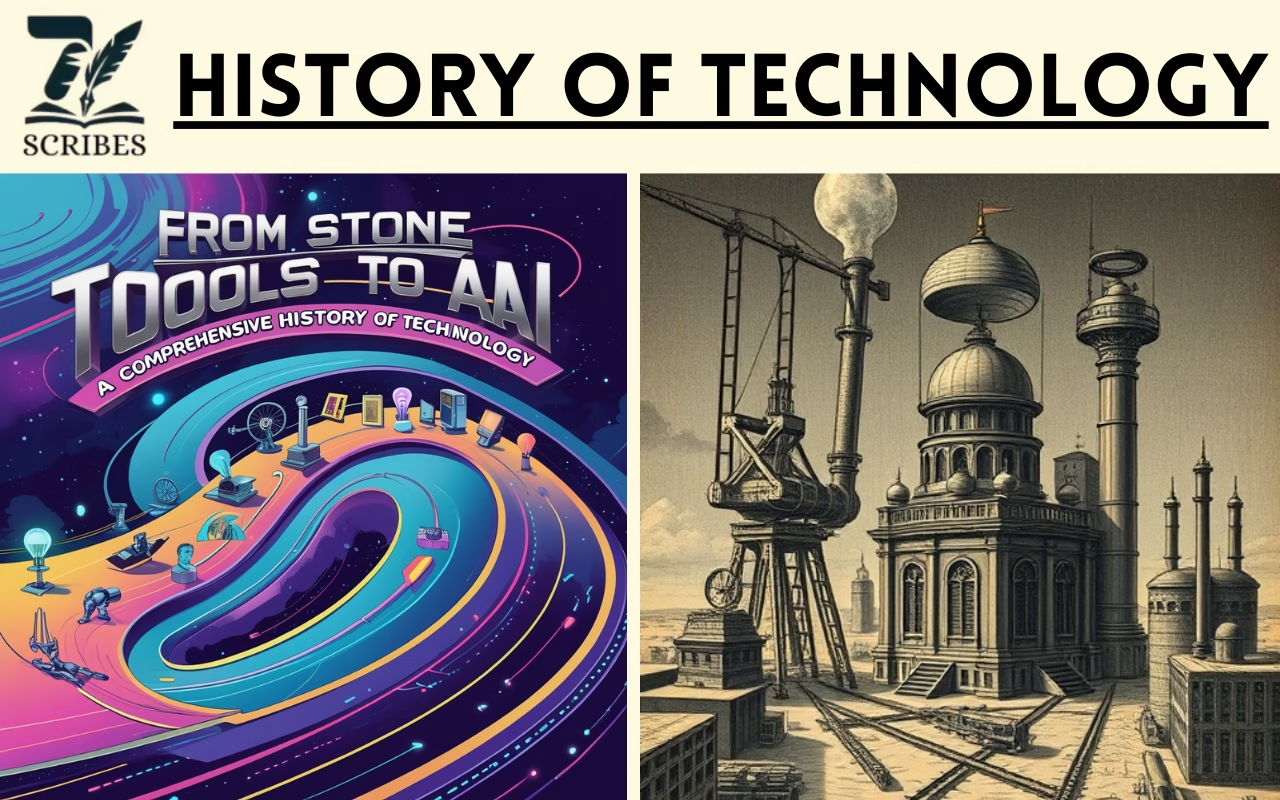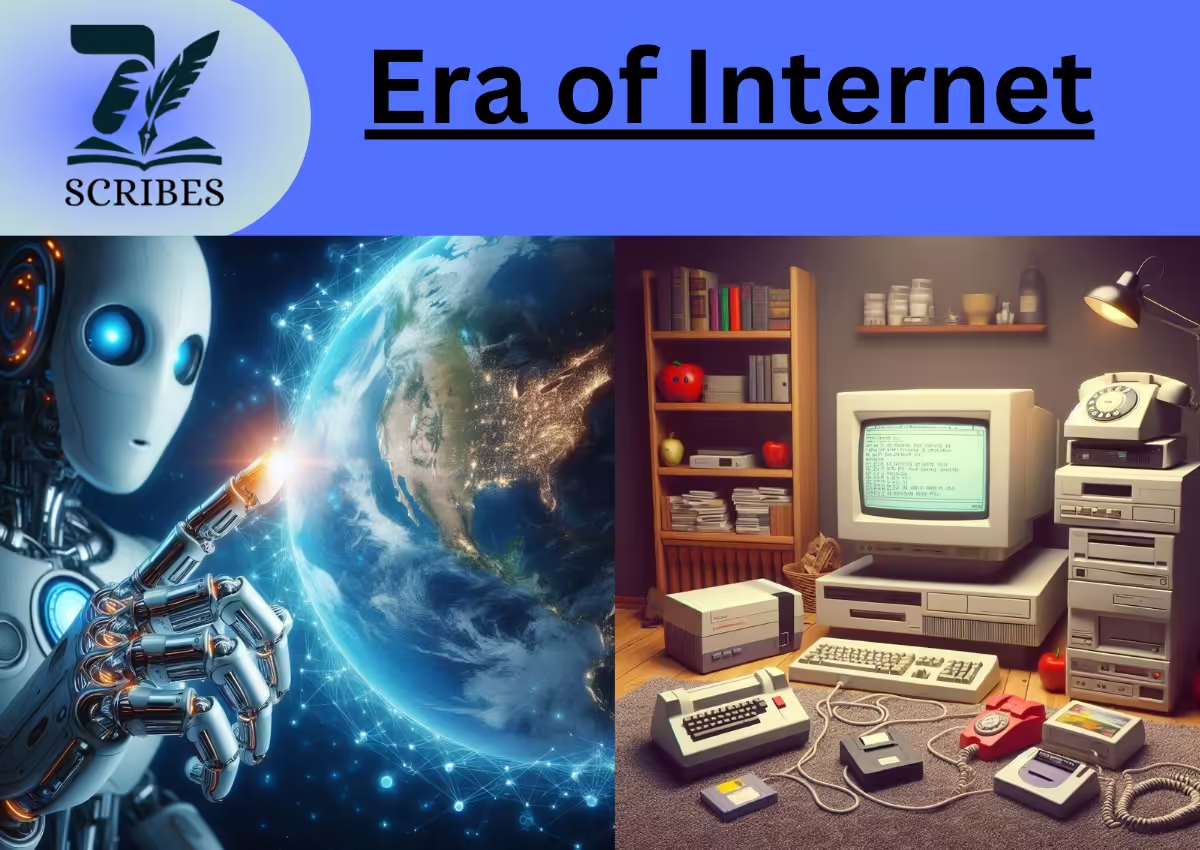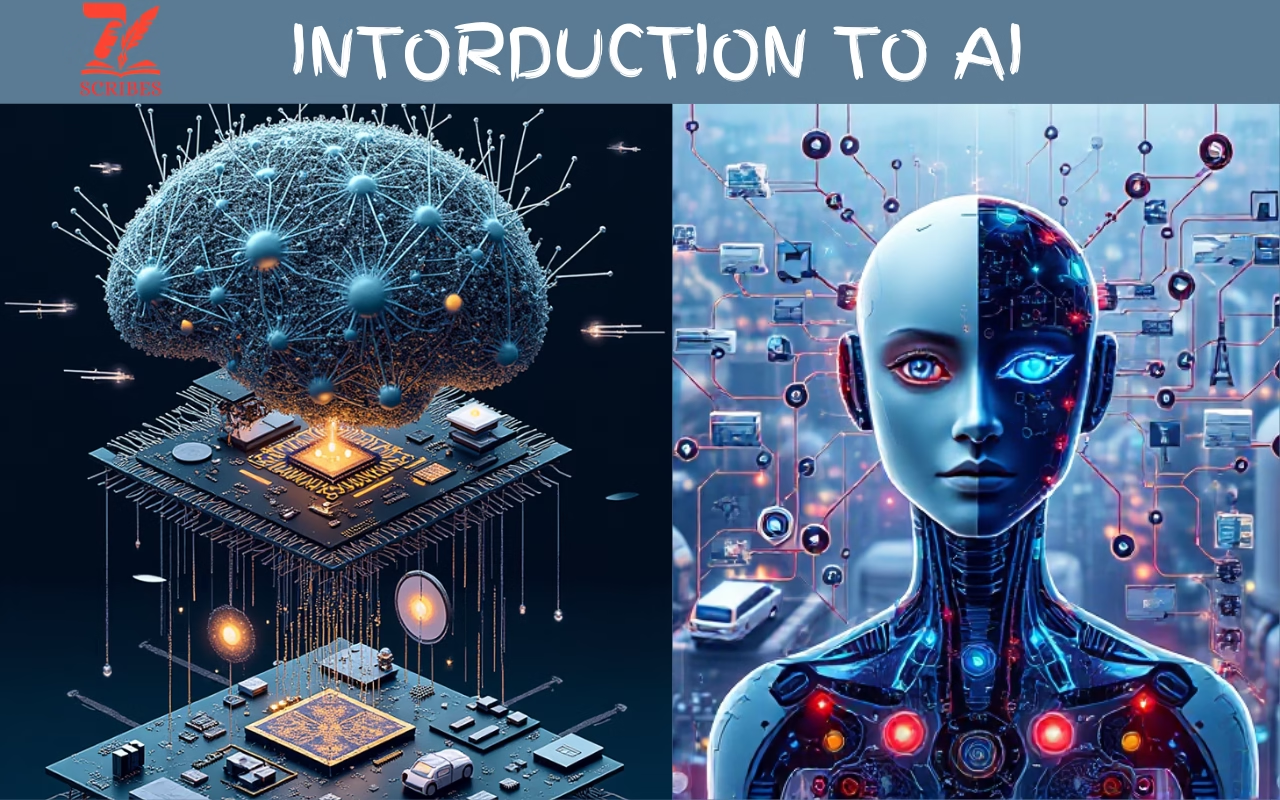This blog post delves into the key milestones that define the history of technology. Technology has become an important part of today’s daily life, driving our society towards development and a high standard of living. Technological advancements or improvements are the result of human efforts, adaptability, and work for humanity. We will discuss the ancient, current trends, and the technology’s future. Technology makes life easy by efficiently helping to do work at a lower cost and time. Technology makes the world a global village as everything is accessible at the fingertips.
Definitions:
“Technology refers to the inventions and developments of things.”
The term technology comes from the Greek words techne, which means art and craft, and the word logos means word and speech.
From Stone Tools to AI A History of Technology
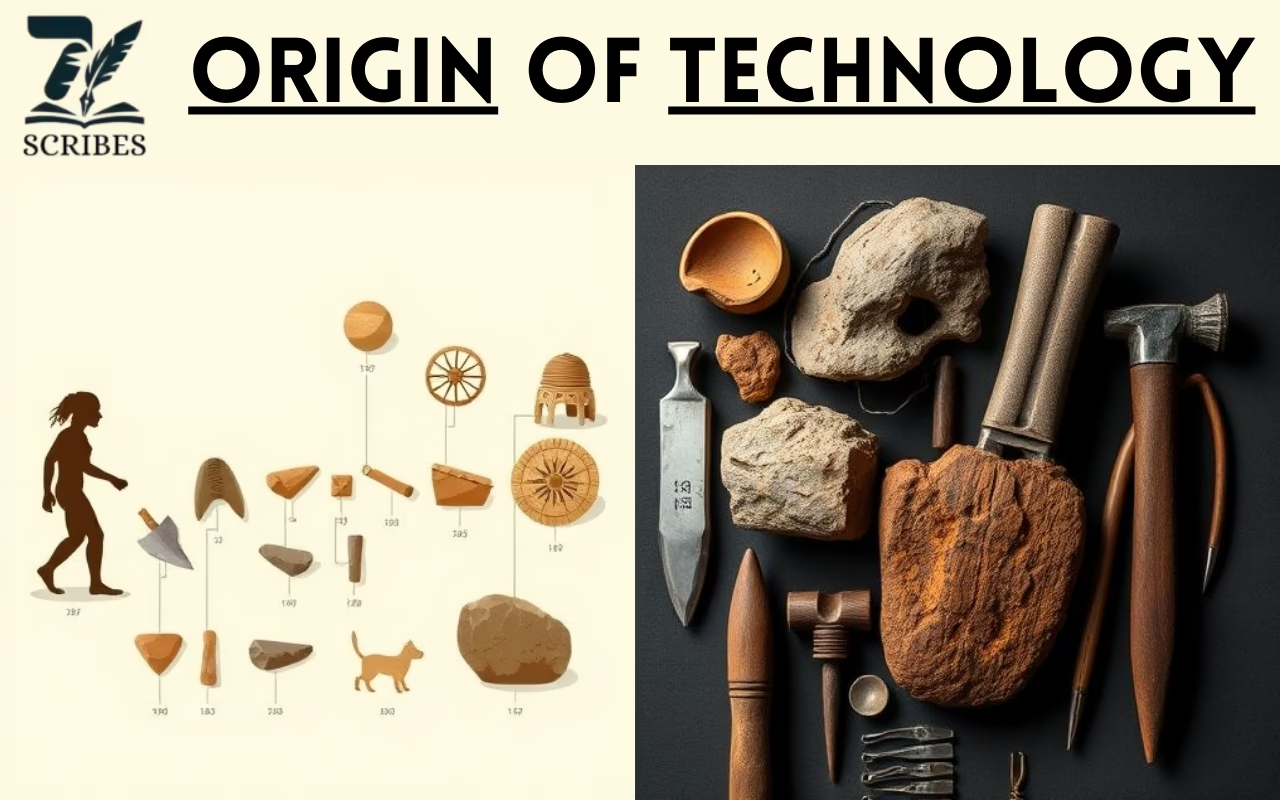
The Age of Discovery
The history of technology starts with the earliest humans, who developed basic tools to hunt, gather, and survive. Around 2.5 million years ago, stone tools were considered the base of technological innovation. Fire discovered approximately 1.5 million years ago, revolutionized cooking, warmth, and protection. The wheel, invented around 3500 BCE, became a cornerstone of transportation and mechanics.
This era marks the beginning of technology where humans start to think and develop various things to survive and adapt to the environment. This helps humans to live in a better and easier way. Here is the key milestone of a prehistoric era:
1. Stone Tools (2.5 million years ago):
Stones Tools include hand axes and scrapers developed by humans to hunt animals, process foods, and build shelters. These tools are the oldest evidence of human ingenuity.
2. Discovery of Fire (1.5 million years ago):
This era was the era of fire, where humans discovered fire by colliding stones. This fire provided warmth, and protection from enemies, and was used to cook food. Making human life easy and comfortable to live.
3. Simple Weapons and Tools:
Simple weapons such as spear tips and fishing implements were developed to increase hunting and gathering efficiency.
4. Development of the Wheel (circa 3500 BCE):
This era changes the world’s traditional moods of transportation. The invention of the wheel changed transport and labor, laying the basis of mechanical inventions. The Wheel is also considered the first mechanical invention.
5. Social and Cultural Advancements:
This era is the era of community building, as early humans collaborated on toolmaking, hunting, and shelter development.
Architects of the Past
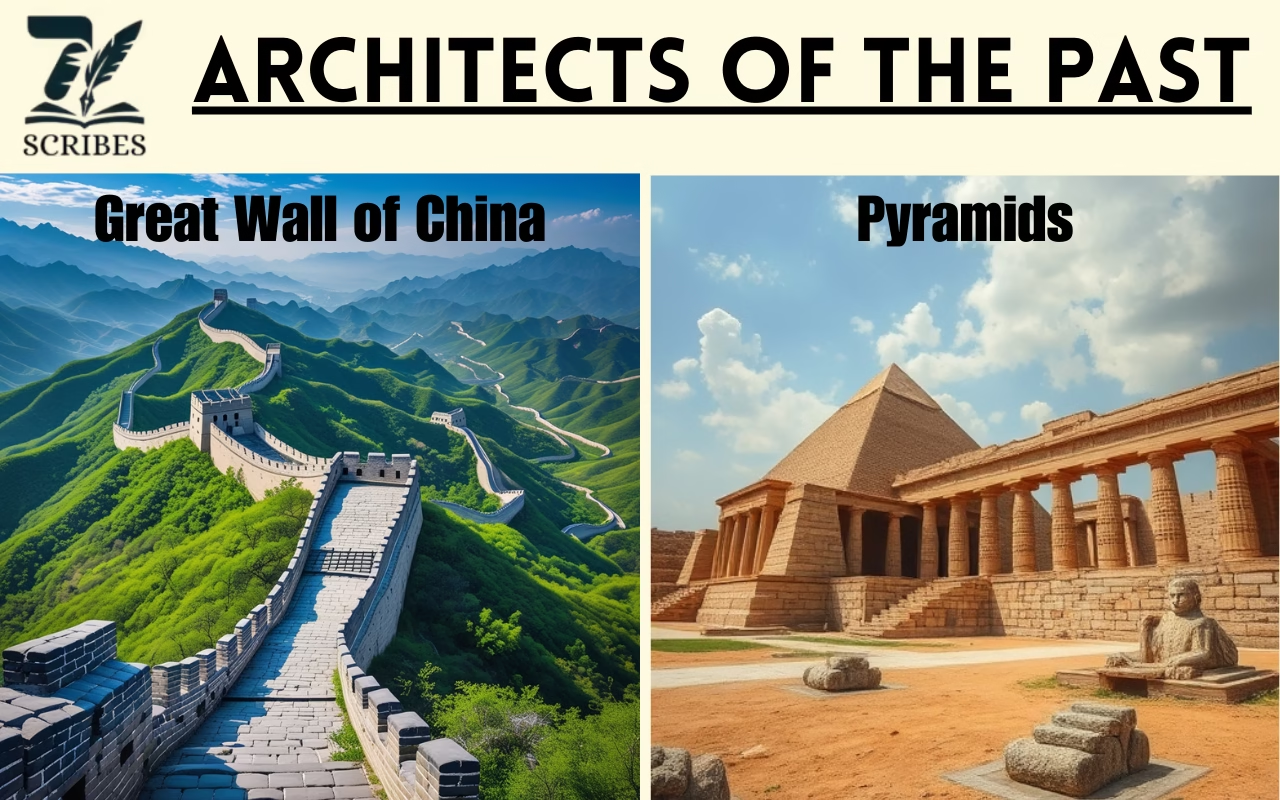
Harvesting Innovation
The Middle Ages, spanning from the 5th to the late 15th century, was a time of significant agricultural and mechanical innovations. These developments play a very important role in the economic infrastructure as well as in social infrastructure. Some of the milestones of the Middle Ages are.
Agricultural Innovation:
1. Heavy Plow
The heavy plow was the key innovation that allowed farmers to cut the rich but often heavy, clay soils of northern Europe. Earlier plows were inadequate for these soil types.
2. Horse Collar:
It emerged around the 10th century, and changed agricultural work, before this, animals were used for plowing, and animals like oxen were used for this purpose. This source is less efficient but the inventions of the Horse Collar make it more efficient.
3. Windmills and Watermills or Water Wheels:
Windmills and watermills are used for grinding grain, processing textiles, and pumping, changing the traditions in many sectors. The windmills and watermills were used to turn the wheel that powered the machinery. The windmills were particularly used in the areas where water was less accessible.
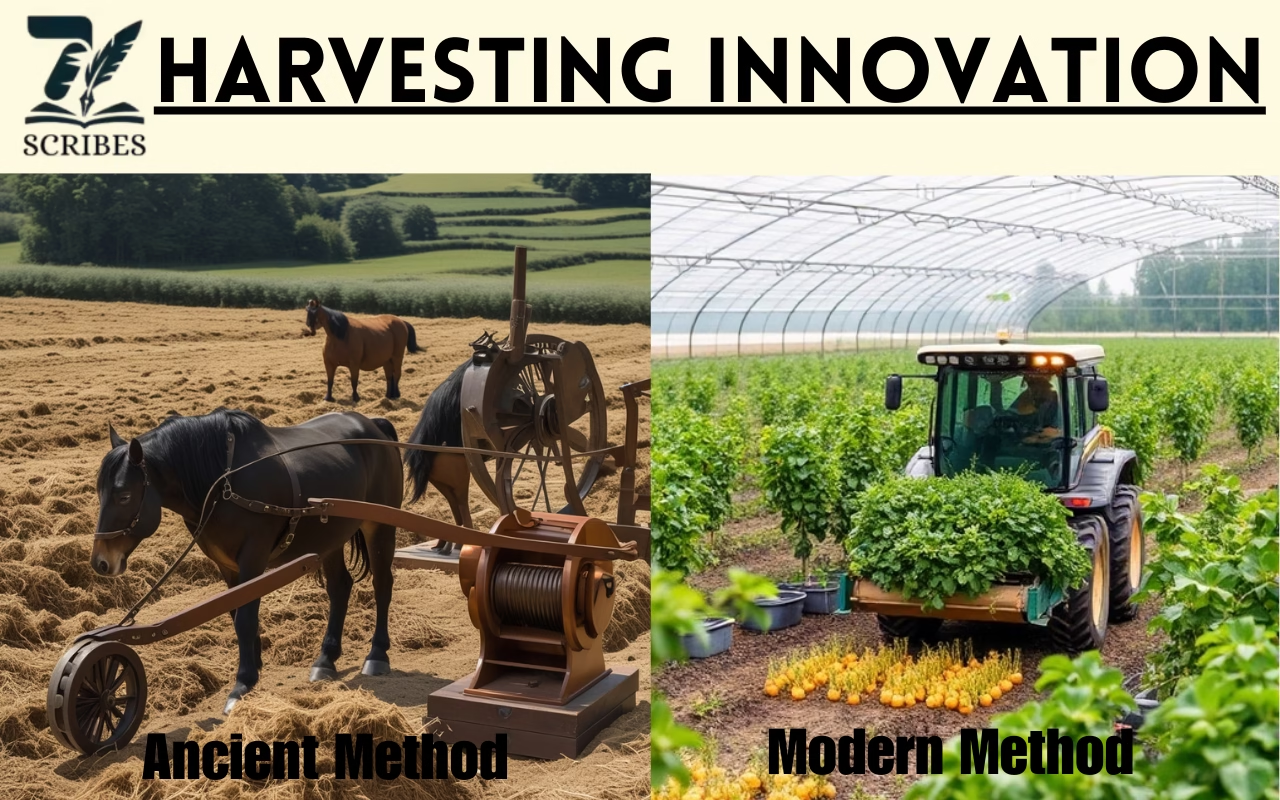
Mechanical Innovations
1. The Stirrup:
This invention transformed the cavalry in warfare. It allowed riders to secure themselves on horseback, by providing balance when wielding weapons such as swords and lances.
2. Mechanical Clock:
The first or earliest mechanical clock was developed in the 13th century, but the idea of time measurement had existed since the ancient ages. The medieval clocks used weights and gears to regulate time and were typically installed in church towers or town halls.
3. Printing Press (15th Century):
One of the popular inventions in the Middle Ages was the invention of the printing press by Johannes Gutenberg in the
The 20th Century’s Technological Revolution
In the 20th century, lots of revolutions took place, like electrification and the digital revolution (Rise of the Internet). After the invention of electricity, it evolved and became more advanced and comprised grids, and light bulbs. One step more home appliances reshaped the human living standard.
Meanwhile, the digital revolution has made the world a global village, it is easy to access information and communication all over the world in real-time experiences. Other things like entertainment, etc, are also included in the digital revolution.
Innovating the Future:
The upcoming century is waiting for new inventions and technologies, AI, Quantum computing, cloud computing, and atomic research are the latest trends. And many more innovations are waiting for invention. The goal is to inspire curiosity and reflection about the profound changes technology is bringing to society and our planet.
Conclusion
FAQs
1. What is the history of technology about?
The history of technology traces humanity’s journey from simple tools like stone axes to advanced systems such as artificial intelligence. It explores how innovations across eras have shaped human society, improving efficiency, connectivity, and quality of life.
2. Where does the word “technology” come from?
The term “technology” originates from the Greek words techne (meaning art or craft) and logos (meaning word or speech). Together, they refer to the study and application of practical skills and tools.
3. What were the earliest technological innovations?
The earliest innovations include stone tools (2.5 million years ago), fire (1.5 million years ago), and the wheel (circa 3500 BCE). These breakthroughs revolutionized survival, transportation, and human adaptation to the environment.
4. What are some architectural marvels of ancient civilizations?
Remarkable structures include Egypt’s Pyramids of Giza, the Great Wall of China, Greece’s Parthenon, and Roman aqueducts. These feats of engineering and design laid the foundation for modern architecture.
5. How did ancient civilizations contribute to medicine and metallurgy?
Civilizations like the Egyptians and Greeks developed early medical tools and techniques, while advancements in metallurgy by the Romans, Greeks, and the Chinese Zhou dynasty enabled stronger tools, weapons, and infrastructure.
6. What were the key innovations of the medieval era?
The medieval period saw significant agricultural and mechanical advances like the heavy plow, horse collar, windmills, watermills, the stirrup, and the printing press, all of which shaped economic and social development.
7. What defines the 20th century’s technological revolution?
The 20th century was marked by electrification and the digital revolution, which introduced electricity grids, appliances, computers, and the internet, fundamentally transforming industries, communication, and daily life.
8. How has technology made the world a global village?
Technological advancements in communication and information processing, such as the internet and mobile technology, have connected people worldwide, enabling instant access to information and real-time interactions.
9. What are some emerging technologies shaping the future?
Future-defining technologies include artificial intelligence, quantum computing, biotechnology, renewable energy, and cloud computing. These advancements aim to address global challenges and enhance human potential.
10. Why is understanding the history of technology important?
Understanding technology’s history helps us appreciate human ingenuity, learn from past innovations, and anticipate future trends. It also highlights technology’s role in societal progress and its potential to solve global challenges.
Read More

